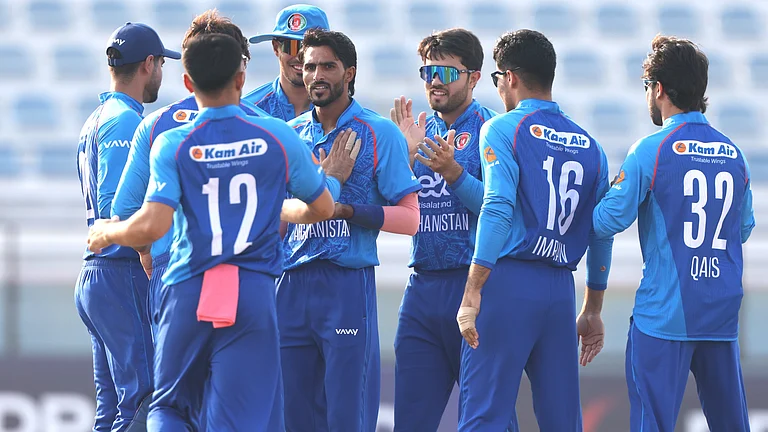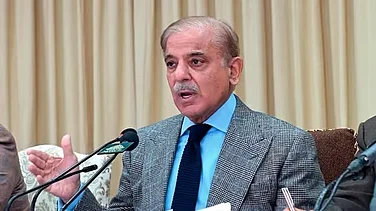In an intriguing move that has set tongues wagging across the state, Sikkim's Chief Minister, Prem Singh Tamang, orchestrated a meticulously calculated cabinet reshuffle on a significant Monday morning. The political landscape took a distinct turn as key departments exchanged hands and promising newcomers were entrusted with the mantle of responsibility.
The spotlight was undoubtedly on Rhenock MLA Bishnu Kumar Sharma, who, in a momentous ceremony on the 4th of August, took oath as a minister and was promptly bestowed with the Culture and Printing & Stationary departments. This deliberate choice underscores the Chief Minister's commitment to infuse fresh perspectives into sectors that resonate deeply with Sikkim's heritage and identity, as reported by PTI.
Breaking with convention, Samdup Lepcha, the driving force behind the Roads & Bridges Department, was granted an additional charge that sparked curiosity: the Sports & Youth Affairs Department. This masterstroke showcases a visionary approach, recognizing the symbiotic relationship between infrastructure and the nurturing of young talent in the state.
BS Panth, the torchbearer of Tourism and Civil Aviation, emerged as a multifaceted leader with an expanded portfolio, encompassing the dynamic Information Technology Department. This strategic amalgamation reflects the government's resolve to harness technology's transformative potential across domains and sectors.
The Education Minister, Kunga Nima Lepcha, embraced an augmented role by taking the reins of the Health & Family Welfare Department. Notably, Lepcha's steadfast commitment to various crucial sectors, coupled with his seniority, positions him as a stabilizing force within the government. His existing command over Law, Parliamentary Affairs, Land Revenue, and Disaster Management departments further accentuates his influential role.
Prem Singh Tamang, a chief architect of the reshuffle, retained his firm grasp on key domains: Home, Finance, Planning & Development, and Excise departments. This strategic preservation underscores his unwavering dedication to essential functions that drive the state's progress.
As the chessboard of governance witnessed strategic realignments, familiar names remained steadfast in their spheres of influence. Sonam Lama's tenacious hold on Rural Development, Cooperation, and Ecclesiastical departments, and Lok Nath Sharma's continued stewardship over Agriculture, Horticulture, Animal Husbandry & Veterinary Services, and Labour departments exemplify the government's commitment to stability and expertise.
Mingma Norbu Sherpa, a stalwart in his own right, stood tall as the guardian of the Power and Transport departments, while Karma Loday Bhutia's enduring charge over the Forest & Environment, Mines & Geology, and Science & Technology departments affirmed his unrelenting commitment to sustainable development.
Bhim Hang Limboo, in a display of multifaceted leadership, expertly balanced the Public Health Engineering, Water Resources, and Skill Development departments. Similarly, Sanjit Kharel's unyielding grasp on Buildings & Housing, Social Justice and Welfare, and Women and Child Development departments symbolizes a resolute drive towards holistic progress.
Amidst this orchestrated symphony of change, LB Das remained the custodian of the Urban Development and Food & Civil Supplies departments, embodying the government's commitment to urban progress and the well-being of its citizens.
The newly-allocated portfolios, hitherto under the Chief Minister's purview, have breathed a renewed sense of dynamism into Sikkim's administrative tableau.


























